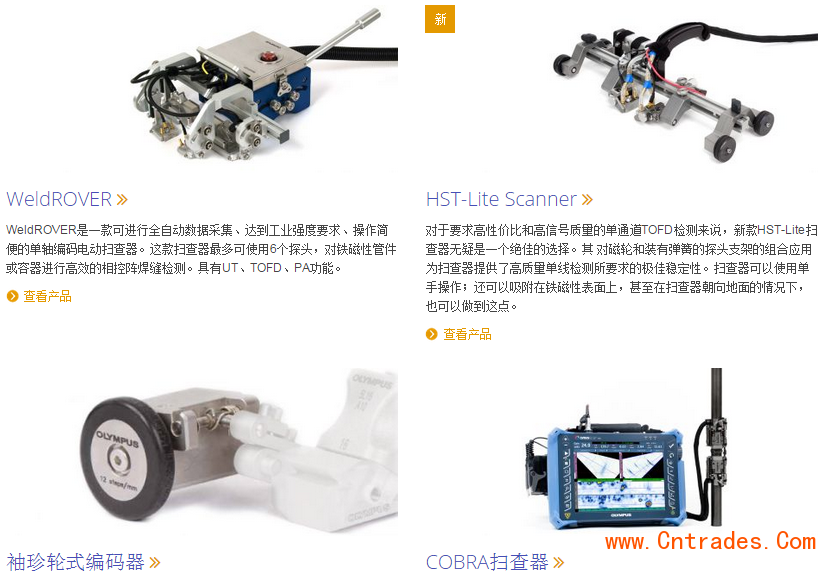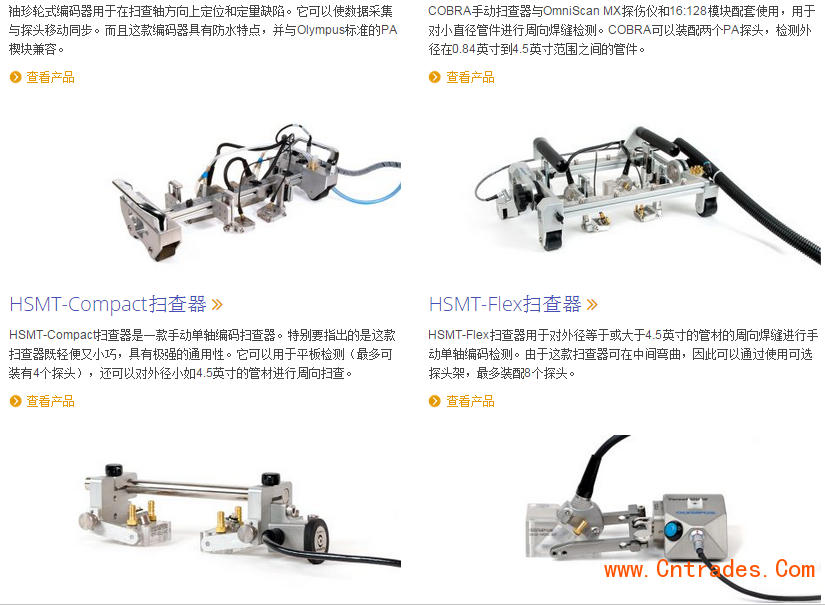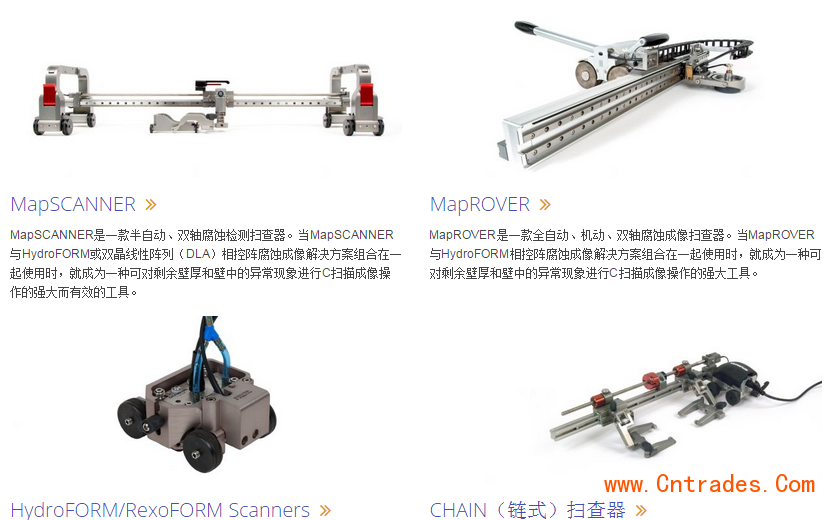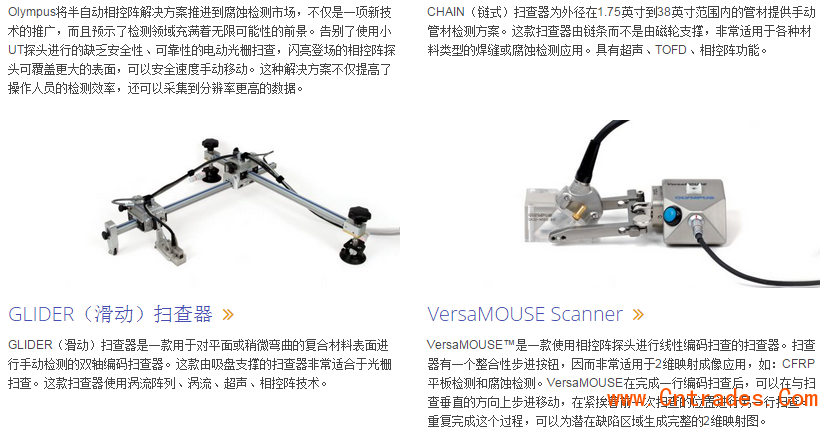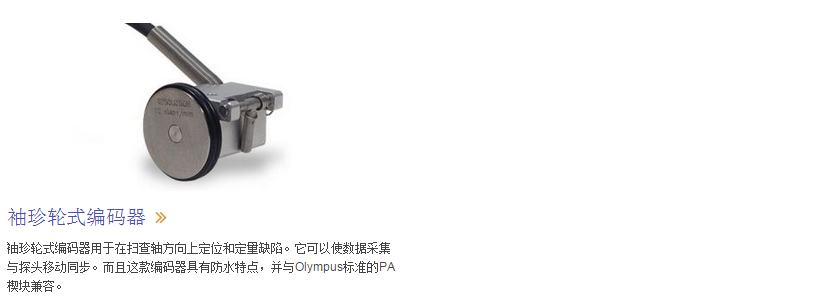品牌:Olympus/010-57464568
起订:1只
供应:100只
发货:3天内
信息标签:Olympus/5073PR脉冲发生器,供应,仪器仪表,试验机
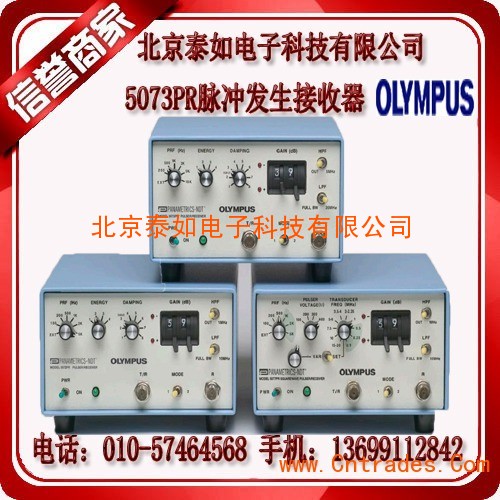

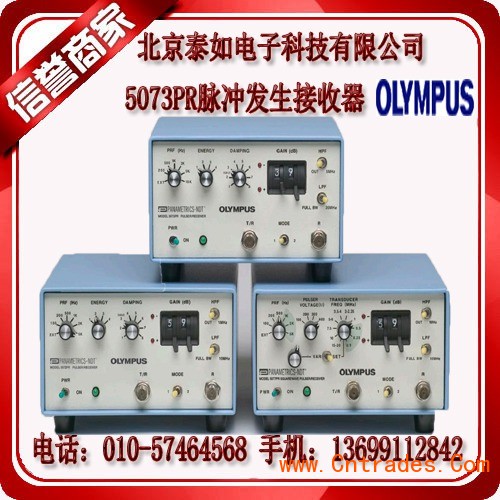
本着为“客户提供**的产品和**惠的价格以及**的售后服务”以宗旨,北京泰如电子科技有限公司在保证产品质量、性能的同时,还会定期回访,进行仪器与配件保养、维护及技术交流。让客户能得到**的服务、满意的价格、放心的使用。
5073PR手动控制超声脉冲发生器接收器既可用于常规应用,又可用于高频应用。 在对轴向和近表面分辨率要求极高的应用中,这款设备的75 MHz(-3 dB)带宽和**上升的尖脉冲发生器可提高50 MHz探头的工作性能。
These affordable and reliable manually controlled pulser-receivers provide the perfect building blocks for both conventional and high frequency applications. Each instrument is designed for superior low noise receiver response and high performance pulser control.
When used with an appropriate transducer and analog or digital oscilloscope, Panametrics pulser-receivers provide the perfect starting point for ultrasonic flaw detection, thickness gaging, materials characterization, and transducer characterization.
• Three models provide optimization for both conventional and high frequency applications
• Broadband Spike (5072 and 5073) or Tunable Square Wave (5077) transducer excitation models available
• Front panel controls permit quick and easy setup of parameters for optimizing signal response
• Each model delivers a wide dynamic range with 1 dB sensitivity adjustments made through a front panel lever switch
• Low noise receiver amplification and pulser optimization ensure superior signal-to-noise characteristics
• Superior isolation of receiver from pulser main bang when operating in thru-transmission mode
• +/-1 volt RF output into 50 ohm load
• Small, lightweight packaging
Model 5072PR: 35 MHz (-3 dB) ultrasonic bandwidth and spike pulser is ideal for general testing. The impulse pulser provides optimal broadband excitation resulting in superior time domain recovery especially at higher frequencies (between 15-30 MHz).
Model 5073PR: 75 MHz (-3 dB) ultrasonic bandwidth with fast rise time spike pulser extends performance for work with 50 MHz transducers in applications that challenge limits in axial and near surface resolution.
Model 5077PR: 35 MHz (-3 dB) ultrasonic bandwidth and square wave pulser-receiver is ideal for maximizing response in scattering materials. The square wave pulser is particularly advantageous when testing with transducers of 10 MHz or lower, as adjustable pulse width optimizes pulse energy, resulting in superior signal-to-noise characteristic.
Pulser-receivers employed with ultrasonic transducers and an analog or digital oscilloscope are the prime building blocks of any ultrasonic test system.
The pulser section produces an electrical pulse to excite a transducer that converts the electrical input to mechanical energy, creating an ultrasonic wave. In pulse-echo applications, ultrasound travels through the test material until it is reflected from an interface back to the transducer. In thru- transmission applications, the ultrasound travels through the material to a second transducer acting as a receiver.
In either case, the transducer reconverts the mechanical pulse into an electrical signal that is then amplified and conditioned by the receiver section. The resulting RF is then made available for further analysis. Since the customer chooses the waveform display and/or digitization methodology, infinite flexibility in measurement range and method may be pursued.
Square Vs. Spike Excitation
Spike excitation pulsers optimize broadband response and near surface resolution.
For applications involving the testing of thin materials with high frequency transducers where fast recovery time and broadband transducer response are important to insuring adequate time and depth resolution, Models 5072PR and 5073PR employ a spike excitation technique that produces an abrupt voltage transition followed by a recovery to the baseline. The ultra-fast rise times directly translate to broad spectral excitation resulting in wideband transducer response. It is possible to optimize transducer response by selecting pulse energy and damping values, which adjust pulse rise time, width, and voltage. In general, lower energy values and damping resistance will produce the sharpest rise times for the most efficient excitation of high frequency transducers. In fact, the 5073PR pulser electronics can achieve rise times of less than 2 ns, enabling the use of up to 50 MHz broadband transducers.
Square wave pulsers dramatically increase sensitivity while maintaining broadband performance by tuning pulse width to the resonant frequency of the transducer.
 |
Potential increase in sensitivity using a tuned square wave pulser versus a spike pulser as a function of transducer center frequency. |
 |
Response using a Model 5073PR 75 MHz bandwidth pulser-receiver with a V215-BA-RM 50 MHz permanent delay contact transducer coupled to a 0.075 mm (0.003") metal shim |
 |
Spike excitation features sharp rise times adjusted by energy and damping values. |
 |
Square wave has controlled rise and fall times with directly adjustable voltage and pulse width. |
 |
A-scan comparison between 5073PR and 5072PR with 50 ohm damping and energy Position 1 to 5077PR set at 100 volts and tuned for frequency optimization. Gain set to noted dB level to normalize signal height from a 20 MHz delay line transducer. |
Transducers
Olympus manufactures a wide range of transducers for conventional and high frequency applications. Transducers with center frequencies between 50 kHz and 50 MHz are available for use with the manually controlled pulser-receiver line. We also offer transducers with frequencies above 50 MHz that may be used with higher frequency instruments available in our computer-controlled pulser-receiver family. Direct contact, delay line, dual, immersion, angle beam, normal incidence shear wave transducers and more are available.
Preamplifiers
A line of low noise preamplifiers is available in a variety of bandwidths up to 40 MHz. These preamps can be used with our pulser-receivers for increased amplification in hard to penetrate materials or to drive long cable lengths from the transducer back to a host instrument for improved signal to noise characteristics.
Transducer Characterization
Panametrics pulser-receivers have been used as the basis for both industrial and medical transducer characterization
systems. These instruments provide economical and reliable solutions for conventional, high frequency, and phased array transducer characterization.
Biomedical Applications
Panametrics instrumentation has been a choice of the discerning researcher for a variety of biomedical applications including ocular imaging, vascular imaging, tissue characterization, blood flow analysis, and bone structure characterization.
Material Characterization
Measurements on Young's Modulus and Shear Modulus of Elasticity and Poisson's ratio in non-dispersive isotropic engineering materials can be determined quickly and easily through computations based on sound velocities.
Correlation of velocity, time of flight, attenuation, and spectral content can often be related to other material properties. Grain structure, particle distribution, degree of nodularity in cast iron, polymerization in plastics, and mix ratios of liquids can all be inferred ultrasonically.
Specifications* |
|||||||||||||||||||||||||||||||||||||||||||||||||||||||||||||||||||||||||||||||||||||||||||||||||||||||||||||||||||||||||||||||||
|---|---|---|---|---|---|---|---|---|---|---|---|---|---|---|---|---|---|---|---|---|---|---|---|---|---|---|---|---|---|---|---|---|---|---|---|---|---|---|---|---|---|---|---|---|---|---|---|---|---|---|---|---|---|---|---|---|---|---|---|---|---|---|---|---|---|---|---|---|---|---|---|---|---|---|---|---|---|---|---|---|---|---|---|---|---|---|---|---|---|---|---|---|---|---|---|---|---|---|---|---|---|---|---|---|---|---|---|---|---|---|---|---|---|---|---|---|---|---|---|---|---|---|---|---|---|---|---|---|---|
|
|||||||||||||||||||||||||||||||||||||||||||||||||||||||||||||||||||||||||||||||||||||||||||||||||||||||||||||||||||||||||||||||||
|
ORDERING INFORMATION: Each model is shipped with a power cord and operator manual. Transducers and cables are sold separately. *All specifications are subject to change without notice. |
|||||||||||||||||||||||||||||||||||||||||||||||||||||||||||||||||||||||||||||||||||||||||||||||||||||||||||||||||||||||||||||||||
